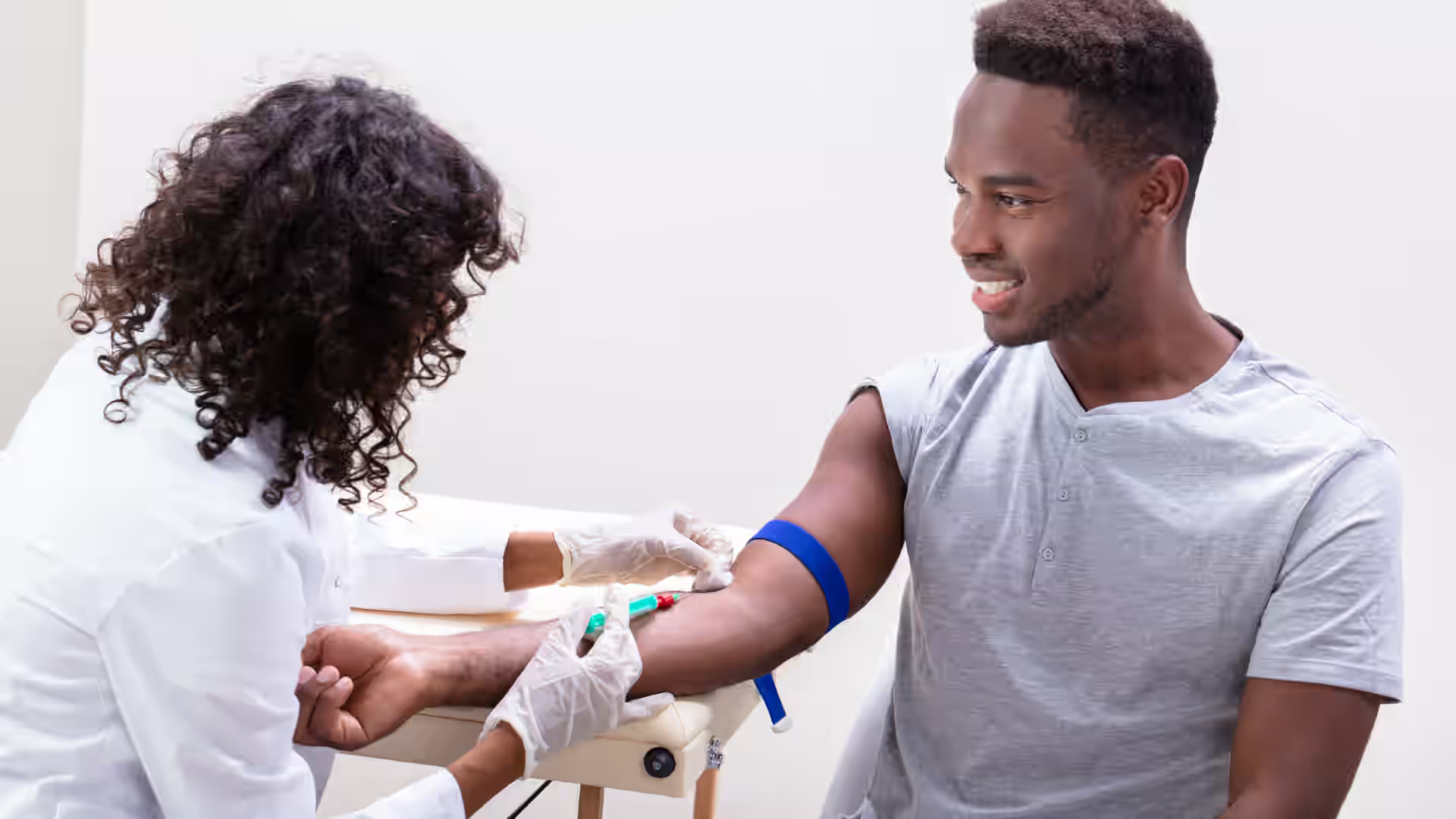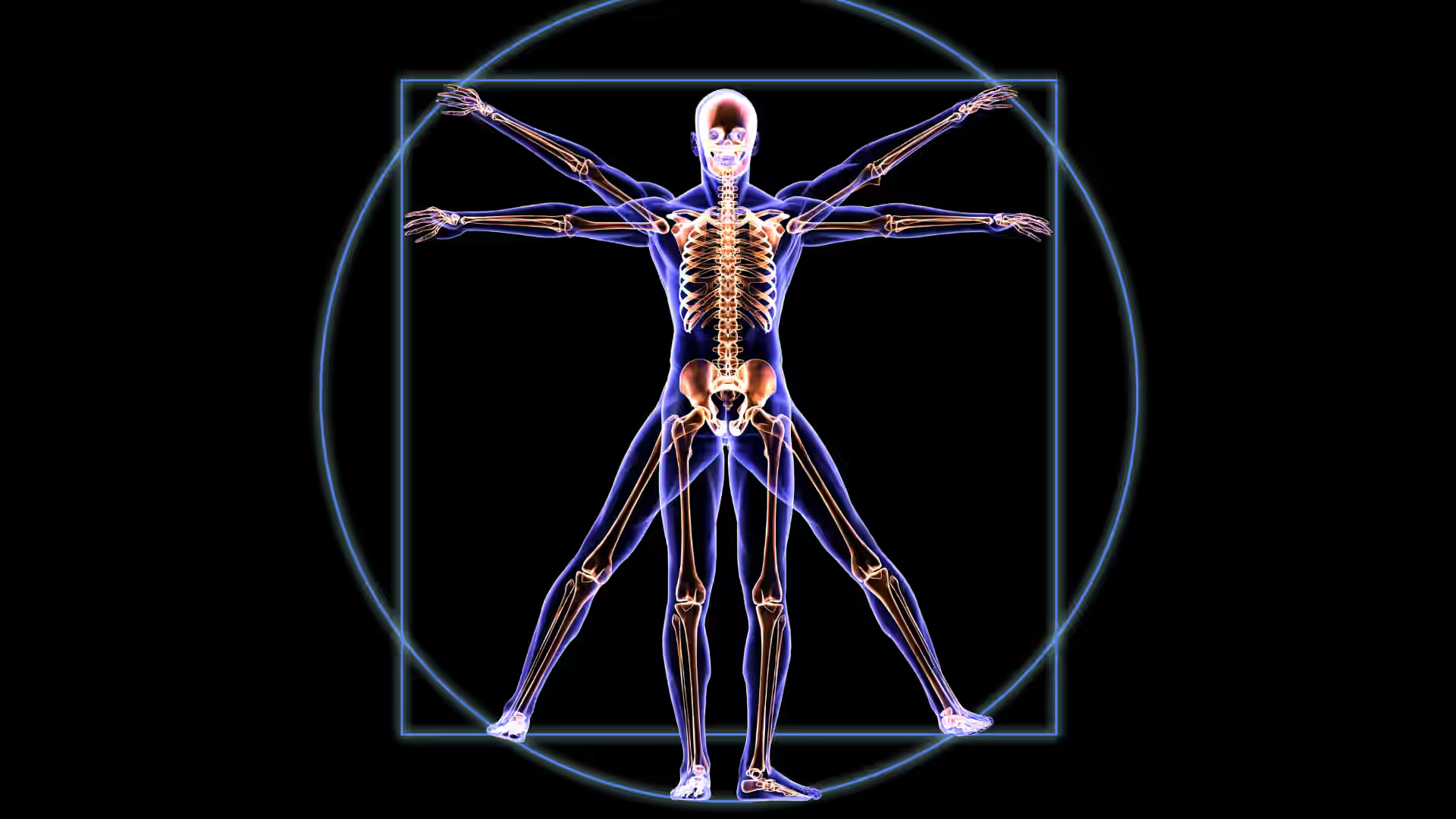In Western countries, acid reflux affects approximately 20–30% of adults. A substantial portion of these patients are undermanaged: up to 40% of individuals do not achieve adequate relief with first-line therapy.
Risks of undermanagement include progression to erosive esophagitis, stricture, Barrett's esophagus, and esophageal adenocarcinoma, as well as significant impairment in quality of life and increased healthcare utilization. A comprehensive approach should include individualized assessment, objective testing, and escalation of therapy based on symptom presentation. This approach is necessary to optimize outcomes, minimize complications, and avoid both overtreatment and undertreatment.
[signup]
What Is Acid Reflux?
Gastroesophageal reflux (GER), or acid reflux, is the backward movement of stomach contents into the esophagus. It is common in children and adults. Population studies and meta-analyses demonstrate that the prevalence of any reflux symptoms (regardless of frequency or severity) in the general population ranges from 20% to over 40%, depending on the population and criteria used. The prevalence of weekly reflux symptoms is estimated to be about 13.3%.
Occasional reflux is common and nothing to be worried about. However, gastroesophageal reflux disease (GERD) is a more severe and chronic condition in which frequent GER symptoms can lead to complications over time.
GERD, defined as having frequent symptoms at least twice weekly or having esophageal damage due to reflux, is one of the most common gastrointestinal diseases, affecting up to 20% of the United States population.
Anatomy of Acid Reflux
The upper digestive tract comprises the mouth, esophagus, stomach, and the first part of the small intestine.
The lower esophageal sphincter (LES) is a circular band of muscle located at the junction of the esophagus and stomach. Its primary function is to act as a valve, remaining closed to prevent stomach contents from flowing backward and only opening briefly to allow food and liquid to pass into the stomach.
Under normal circumstances, the LES maintains a high-pressure zone as a barrier against reflux. This pressure keeps the LES closed, preventing the stomach's acidic contents from traveling into the esophagus. However, when the LES becomes weakened or relaxes inappropriately ("LES dysfunction"), this barrier is compromised and reflux occurs.
Causes and Risk Factors
GERD arises from a failure of normal protective mechanisms, most notably LES dysfunction, impaired esophageal motility, and compromised mucosal defenses, which permit the prolonged presence of refluxed gastric contents in the esophagus and lead to chronic symptoms and mucosal injury.
Common triggers and risk factors that increase the risk of frequent GER include:
- Non-modifiable factors – male sex, age over 50, White ethnicity
- Dietary factors – Caffeine, alcohol, peppermint, fatty and spicy foods, citrus, tomato-based products, chocolate, high-sugar and low-fiber diets
- Lifestyle and behavioral factors – Smoking, visceral fat, obesity, psychosocial stress, large meals, eating too close to bedtime
- Medications – Benzodiazepines, calcium channel blockers, certain asthma medications, nonsteroidal anti-inflammatory drugs, tricyclic antidepressants
- Underlying medical conditions – Connective tissue disorders, gastroparesis, hiatal hernia, metabolic dysfunction-associated fatty liver disease, pregnancy, small intestinal bacterial overgrowth (SIBO)
Symptoms of Acid Reflux and GERD
The classic symptoms of GER and GERD include:
- Heartburn and chest pain – a burning sensation in the chest that travels upward and occasionally into the back
- Acid regurgitation – the flow of stomach contents into the throat or mouth
These symptoms most often occur after meals, when lying down, or when bending over. Nighttime symptoms can disrupt sleep.
Other less common symptoms that may represent more severe disease include:
- Dysphagia (difficulty swallowing)
- Odynophagia (painful swallowing)
- Water brash (excessive saliva, often associated with a sour or acidic taste in the mouth)
- Nausea and vomiting
- Chronic cough
- Hoarseness of voice
- Globus sensation (the feeling of a lump in the throat)
- Asthma
Diagnosing Acid Reflux and GERD
The diagnosis of GERD may be:
- Clinical – Based on classic symptoms
- Physiological – Evidence of abnormal pH levels in the distal esophagus
- Anatomical – Evidence of esophagitis on endoscopy
- Functional – Clinical response to pharmacologic therapy
Clinical Evaluation
Step 1: Clinical History
- Ask about patient symptoms, including the timing, their effect on quality of life, and impact on sleep.
- Ask about the presence of alarm symptoms, which would prompt a referral for an upper endoscopy, including dysphagia, odynophagia, vomiting, signs of gastrointestinal bleeding, and unintentional weight loss.
- Obtain an up-to-date medication list, specifying if your patient is taking any medications known to cause or exacerbate reflux.
- Ask about dietary and lifestyle factors known to increase the risk of GERD.
Step 2: Physical Exam
While the physical exam in patients with GER and GERD is typically unremarkable, possible findings may include:
- Central adiposity
- Cough
- Dental erosion
- Erythema (redness) in the throat
- Hoarseness of voice
- Pain/tenderness with palpation of the sinuses
- Wheezing
Diagnostic Tests
For patients who present with alarm symptoms, do not respond to first-line therapy, or who experience a recurrence of symptoms after discontinuing therapy, diagnostic testing is recommended.
The American College of Gastroenterology (ACG) recommends upper endoscopy as the first-line test for evaluation of GERD. Endoscopy should ideally be performed after stopping proton pump inhibitors (PPIs) for 2–4 weeks. Criteria for endoscopy include:
- Presence of alarm symptoms
- Risk factors for Barrett's esophagus are present
- Chest pain without heartburn, and adequate evaluation has excluded heart disease
- Classic GERD symptoms do not respond adequately to an 8-week empiric trial of PPIs
- GERD symptoms return when PPIs are discontinued
Ambulatory reflux monitoring (pH or impedance-pH) is generally considered the diagnostic gold standard for GERD, but is not always recommended. The ACG recommends:
- pH monitoring to establish a diagnosis of GERD when it is suspected, but endoscopy findings are normal or unclear.
- Against reflux monitoring for patients with endoscopic evidence of GERD or in patients with long-segment Barrett's esophagus.
The ACG guidelines also make note of other diagnostic testing for diagnosing and managing GERD.
- Barium radiography – The ACG recommends against using barium radiographs as a sole diagnostic test for GERD due to their poor sensitivity and specificity compared with pH testing.
- Esophageal manometry – While the ACG does not recommend esophageal manometry for diagnosing GERD, it should be performed prior to any antireflux surgical or endoscopic intervention to exclude major motility disorders, such as achalasia. It may also aid in evaluating refractory symptoms despite PPI therapy when initial testing is inconclusive.
Treatment Options
GERD management progresses through staged medical and surgical approaches, aiming to reduce esophageal reflux symptoms, promote healing, prevent complications, and sustain long-term remission.
Lifestyle and Dietary Changes
Lifestyle modifications are a foundational component of GERD management and should be reiterated to patients as such. Modifications that should be incorporated into all treatment stages include:
- Elevate the head of the bed by six inches
- If a side-sleeper, sleep on the left side
- Decrease dietary fat intake
- Avoid common GERD dietary triggers
- Reduce alcohol consumption
- Avoid lying down for at least three hours after eating
- Do not consume large meals
- Quit smoking
- Lose weight (if appropriate)
Medications
For patients with mild symptoms, periodic drug therapy is recommended for symptom relief. This can be achieved through the use of:
- Antacids – Increase the pH of stomach contents. They should be taken immediately after meals when symptoms occur.
- Alginic acid – Reacts with sodium bicarbonate in saliva to form sodium alginate, which acts as a mechanical barrier to minimize exposure of the esophagus to reflux.
- Over-the-counter H2-receptor blockers (H2RAs) – Decrease stomach acid secretion. Due to their slower onset of action compared to antacids, they are primarily used to prevent rather than relieve GERD symptoms.
The ACG recommends an eight-week trial of a once-daily proton pump inhibitor (PPI) for patients presenting with moderate-to-severe reflux symptoms. Research demonstrates that PPIs are associated with faster healing and better heartburn relief than H2RAs. PPIs control stomach pH best when given 30-60 minutes before a meal.
Prokinetic agents increase gastric emptying and LES pressure. Because current data on their use for GERD are limited, the ACG does not recommend their routine use in GERD management. However, prokinetics could be considered an adjunct therapy for patients with delayed gastric emptying.
Natural Remedies
Prolonged administration of PPIs and H2RAs is associated with adverse effects. Natural products that have been shown to contain compounds with anti-inflammatory and mucolytic properties would be beneficial for patients with GERD. These could include:
- Deglycyrrhizinated licorice (DGL) – According to a 2023 study, DGL promotes mucus secretion, which can act as a natural protective barrier against acid in the esophagus.
- Ginger – A natural prokinetic agent that research has demonstrated improves gastric emptying in people with functional dyspepsia (indigestion)
- Melatonin – Inhibits gastric acid secretion and increases LES tone. It could also be considered a natural sleep aid for people experiencing sleep disturbances due to nocturnal GERD symptoms.
Surgical and Procedural Treatments
While surgical interventions are not required for most patients with GERD, they can be considered for patients with severe reflux or those who do not respond to pharmacologic therapy.
Fundoplication is a type of surgery where the top part of the stomach is wrapped around the lower end of the esophagus. This helps strengthen the valve between the esophagus and stomach, preventing stomach acid from flowing back up and causing reflux. Nissen fundoplication, which can be performed laparoscopically, has a reported cure rate of >90%.
Magnetic sphincter augmentation (MSA) is a minimally invasive surgical procedure for treating GERD. The most widely used device is the LINX® Reflux Management System, which consists of a ring of titanium beads with magnetic cores that is laparoscopically placed around the distal esophagus at the level of the LES. The magnetic attraction between the beads augments the LES, preventing reflux while still allowing physiological functions such as swallowing. Data demonstrate that MSA is superior to high-dose PPI therapy for control of regurgitation, with 96% of MSA patients achieving symptom control at one year compared to 19% with twice-daily PPIs.
Complications and When to Seek Help
Chronic esophageal irritation and inflammation caused by reflux can lead to cellular changes and tissue remodeling, increasing the risk of serious complications.
Long-Term Risks
Complications associated with chronic GERD include:
- Esophagitis – Inflammation of the esophageal lining
- Esophageal Stricture – A narrowing of the esophagus caused by the formation of scar tissue
- Barrett's Esophagus – A condition where the normal lining of the esophagus changes to resemble the lining of the intestine, increasing the risk for esophageal cancer
- Cancer – The risk of developing esophageal adenocarcinoma increases fivefold in individuals with weekly GERD symptoms and sevenfold in those with daily symptoms.
When to See a Doctor
Alarm signs and symptoms that warrant evaluating patients for GERD complications include:
- Dysphagia
- Odynophagia
- Unintentional weight loss
- Vomiting blood
- Anemia
[signup]
Key Takeaways
- Acid reflux is the backward movement of stomach contents into the esophagus. GERD, or frequent reflux, is a highly prevalent condition. Effective management requires a nuanced understanding of its pathophysiology, symptom profiles, and potential complications.
- Clinical success lies in a comprehensive, stepwise approach that integrates symptom assessment, appropriate diagnostic testing, and tailored therapy ranging from lifestyle changes to surgical interventions.
- Recognizing when symptoms suggest more severe pathology or warrant further evaluation is crucial to avoiding over- and undertreatment.
- By educating patients, promoting sustainable behavior change, and utilizing evidence-based guidelines, clinicians can help patients improve their quality of life and reduce the risk of GERD-related complications.





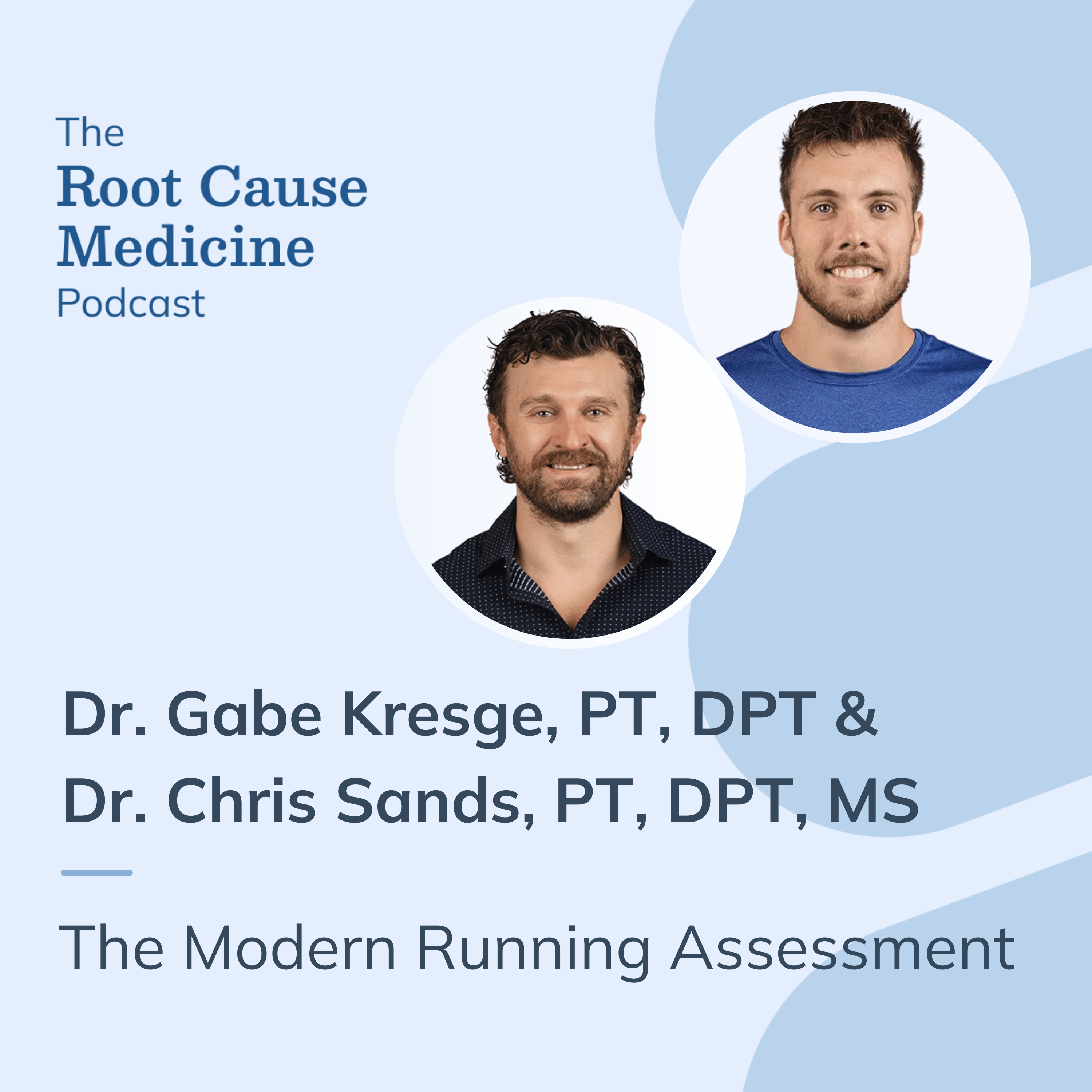
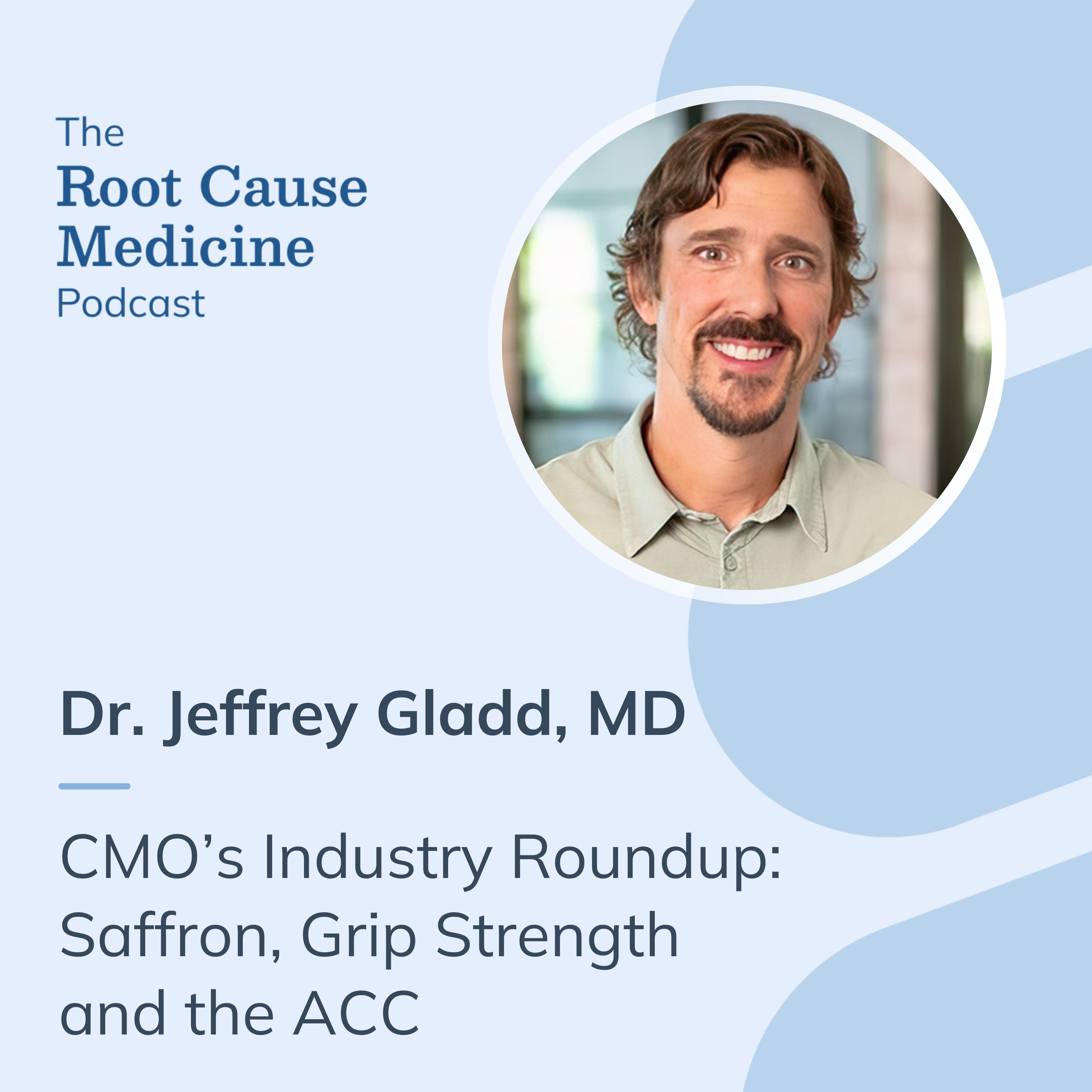
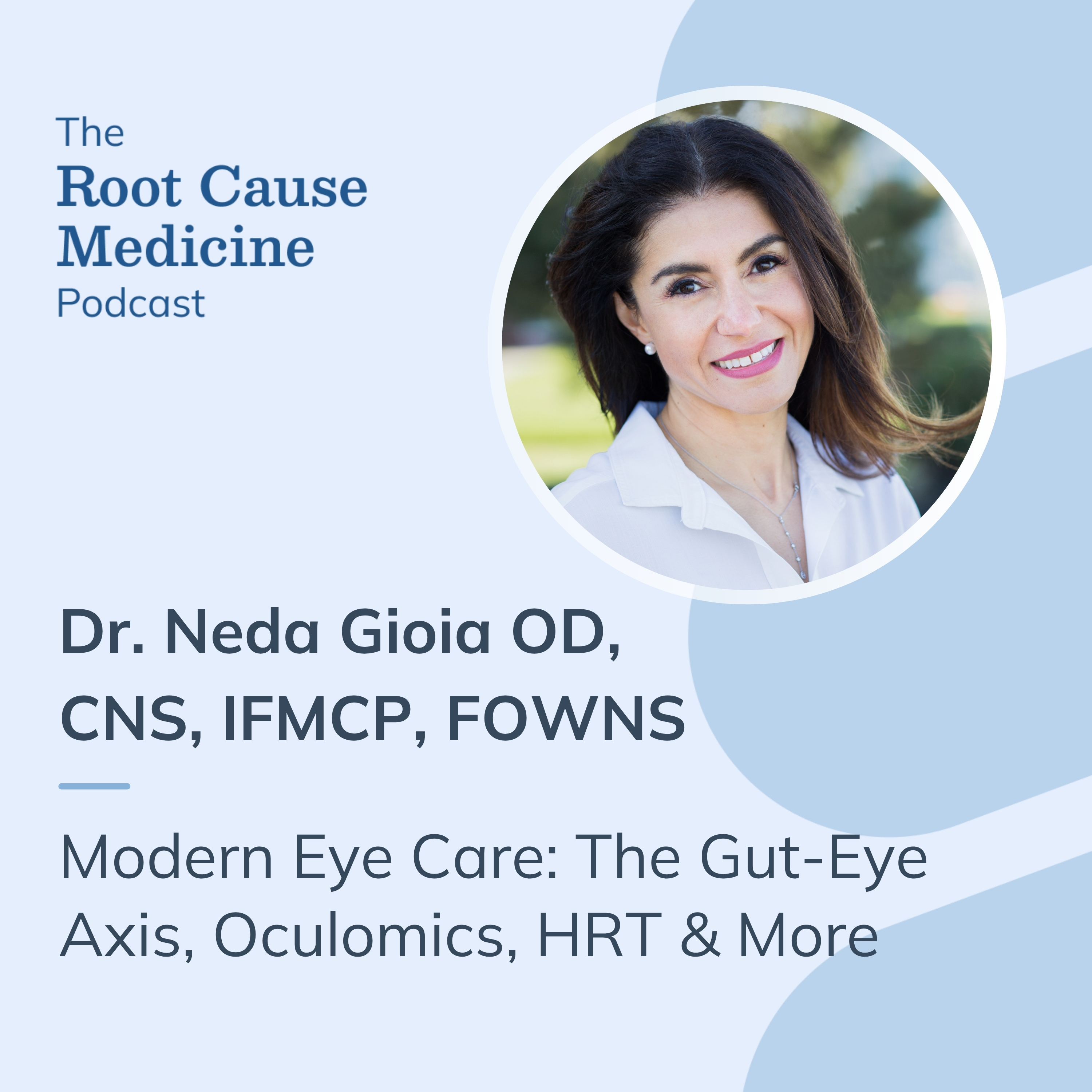
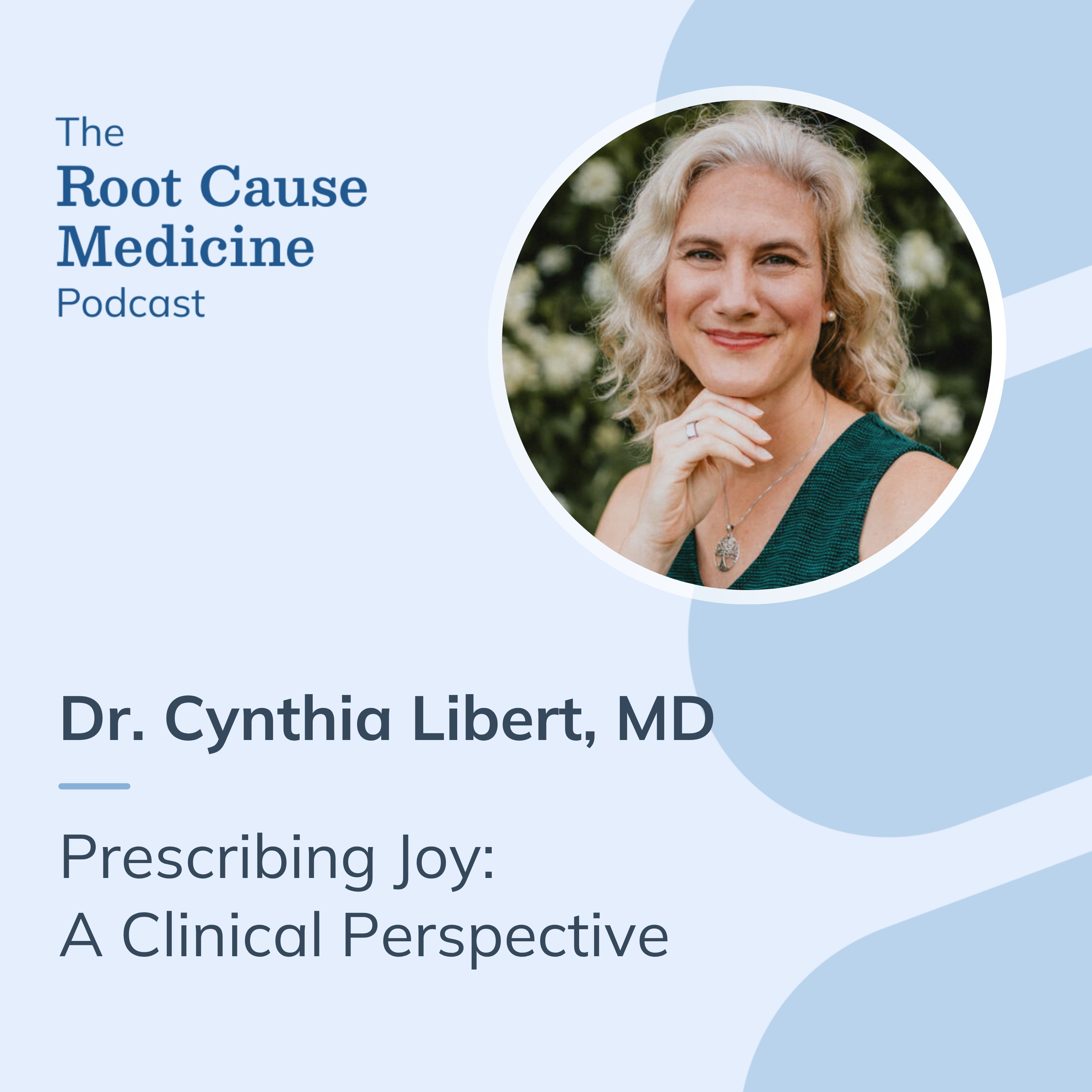
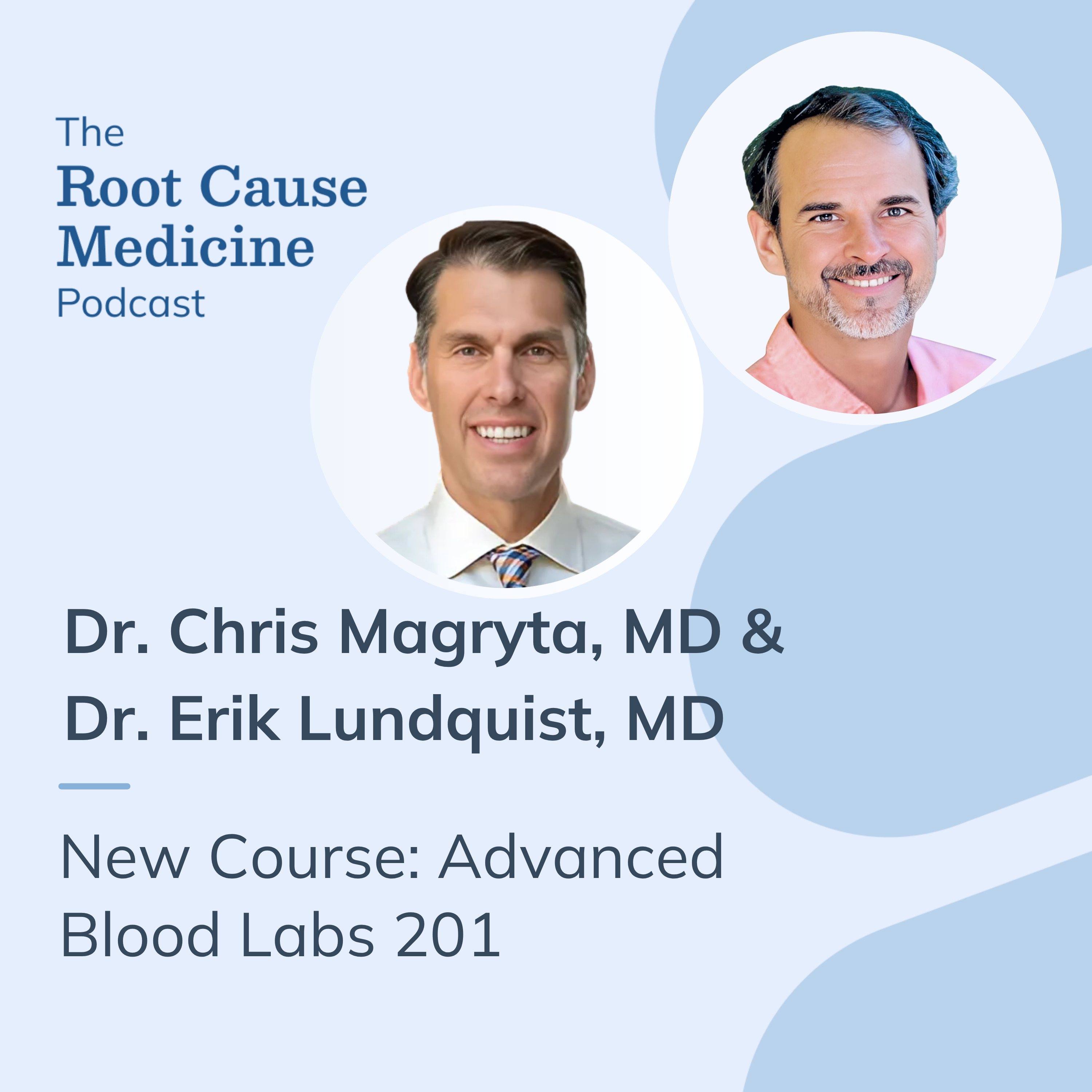


%201.svg)



